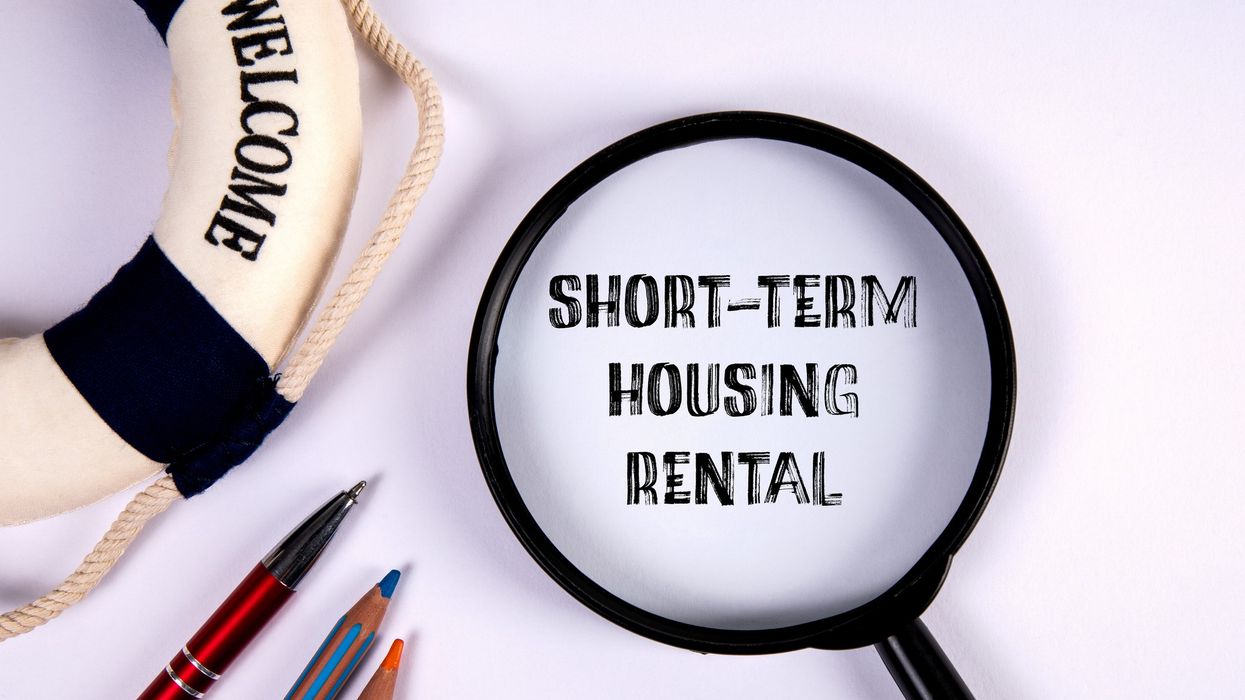Summary:
- Hotel companies grew brands 7 percent and loyalty memberships 15 percent over the past decade, CBRE reported.
- RevPAR grew 1.8 percent annually in 2019–2024, up 20 basis points from 2014–2019.
- Upper-midscale hotels’ lack of resort fees supports demand stability for the segment.
HOTEL COMPANIES GREW brand portfolios and loyalty programs over the past decade, according to CBRE. RevPAR grew as well, though inflation cut into profits.
The number of brands increased at 7 percent compound annual growth rate during the last 10 years, while loyalty program memberships rose 15 percent, according to CBRE’s “Hotel Brand Performance 2025.” Brand families including Choice, Hilton, Hyatt, IHG Hotels & Resorts, Marriott, and Wyndham doubled their portfolios to an average of 24 brands each between 2014 and 2024.
CBRE found that adding brands has not consistently driven higher RevPAR growth since 2019, as the fastest-growing brand family by number of brands, with a 15 percent CAGR, recorded the lowest median RevPAR CAGR at 0.3 percent.
Brand proliferation may increase loyalty membership but can correlate negatively with RevPAR within the same family, the report said. Some additions, such as glamping or all-inclusive resorts, expand redemption options for loyalty points valued at more than $12 billion. Others, including middle-tier conversion and extended-stay brands, grew more than 40 percent in the past five years and may cannibalize existing properties.
RevPAR growth and inflation
RevPAR grew at a 1.8 percent CAGR from 2019 to 2024, 20 basis points above 2014–2019, while inflation rose from 1.6 percent to 4.2 percent, eroding real gains. Since 2019, nominal RevPAR increased 9.3 percent but fell 10.9 percent in real terms as alternative lodging supply and hotel inventory growth outpaced demand, reducing pricing power across segments.
Around 52 percent of brands posted RevPAR gains above the sample CAGR average of 1.6 percent from 2014 to 2019. However, since 2019, 28 percent have exceeded the 1.8 percent average. The gap between the strongest and weakest brands has widened across chain scales, with the luxury segment’s RevPAR spread rising to nearly seven percentage points in 2019 to 2024 from five points in 2014 to 2019.
The strongest luxury brand’s cumulative RevPAR premium rose to 41 percent from 29 percent over the same periods, indicating greater performance variability within segments, CBRE said. From 2014 to 2024, the strongest brand family recorded a 2.1 percent RevPAR CAGR, while the weakest declined 0.2 percent—a 26 percent cumulative gap that can affect investment returns and profitability depending on leverage.
Hotel segments
Guests are drawn to upper-midscale hotels’ absence of resort fees, which have increased at a 5.8 percent CAGR since 2015, supporting demand stability. These properties have delivered steady returns across economic cycles by attracting customers trading up or down with market conditions.
Upper-midscale brands recorded the highest RevPAR CAGR of any chain scale at 2.2 percent from 2014 to 2019 and 2.3 percent from 2019 to 2024, supported by broad brand recognition, simplified operations and a flexible customer base. Mid-tier hotels with complimentary breakfast have occupancy rates two to three points higher than those without and have more than doubled RevPAR growth over five- and 10-year periods.
Midscale and economy chains recorded the slowest RevPAR growth from 2019 to 2024, with recent monthly declines of 3.2 percent and 1.9 percent, respectively. These segments have also seen property closures, which, along with conversions, are expected to reduce oversupply and balance market conditions, positioning new, more efficient prototypes for revenue and profit improvement. CBRE notes that reducing non-performing properties in these segments could support future performance recovery.
In July, CBRE reported Washington, D.C., multifamily sales reached $646.1 million in the second quarter, up 950 percent from $61.6 million in the first quarter.

















